Once known as Marsh Hawk, this species is a favorite raptor of mine. They are most often seen skimming low, over open country, flashing the white rump patch that helps identify them in all plumages. While the brown females and juveniles may sometimes confuse observers, the silver-gray adult males, with their striking black wing tips are unmistakable. Although occasionally mistaken for a gull, these “gray ghosts” are among our most recognizable birds of prey. Their presence in the open country of the Thousand Islands Region is a testimony to our overall, still healthy environment.
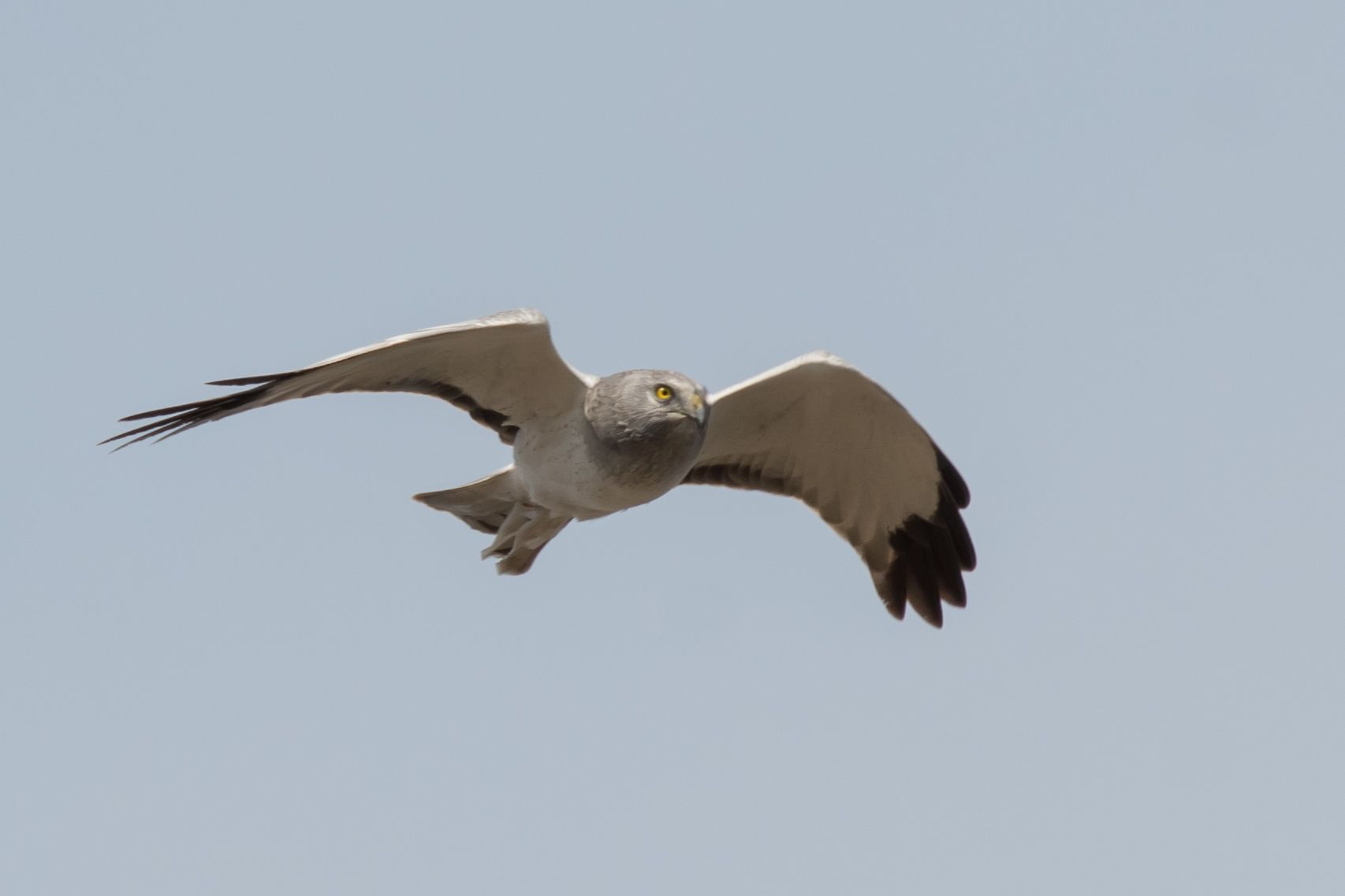
Northern Harrier as a breeding species is an indicator of generally intact ecosystems, both natural and human made. Whether it is Riverine wetlands or upland hay grasslands, successful breeding indicates high quality lands. Being at the top of the food chain in these systems, this species has evolved as a small mammal specialist that supplements its diet with small birds. The late Frances Hamerstrom describes the ecology of Northern Harrier, in her book titled: Marsh Hawk, Hawk of the Marsh: The Hawk That is Ruled by a Mouse. This wonderfully readable treatise is both highly entertaining and scientifically accurate. If one wants further insight into the lives of Harriers, I strongly recommend this book.
We are fortunate to still have reasonably healthy populations of this bird in our region. Currently listed as Threatened, in New York State, they are uncommon, but widespread. As a vole specialist, their populations fluctuate widely even under natural conditions. In years with high vole populations, reproductive success and over-winter survival is high with birds widespread. In years when they are more dependent on birds, as food, populations and survival rates decline, and we see fewer individuals. These populations swings make harrier conservation difficult under the best management regimes that we humans can develop.
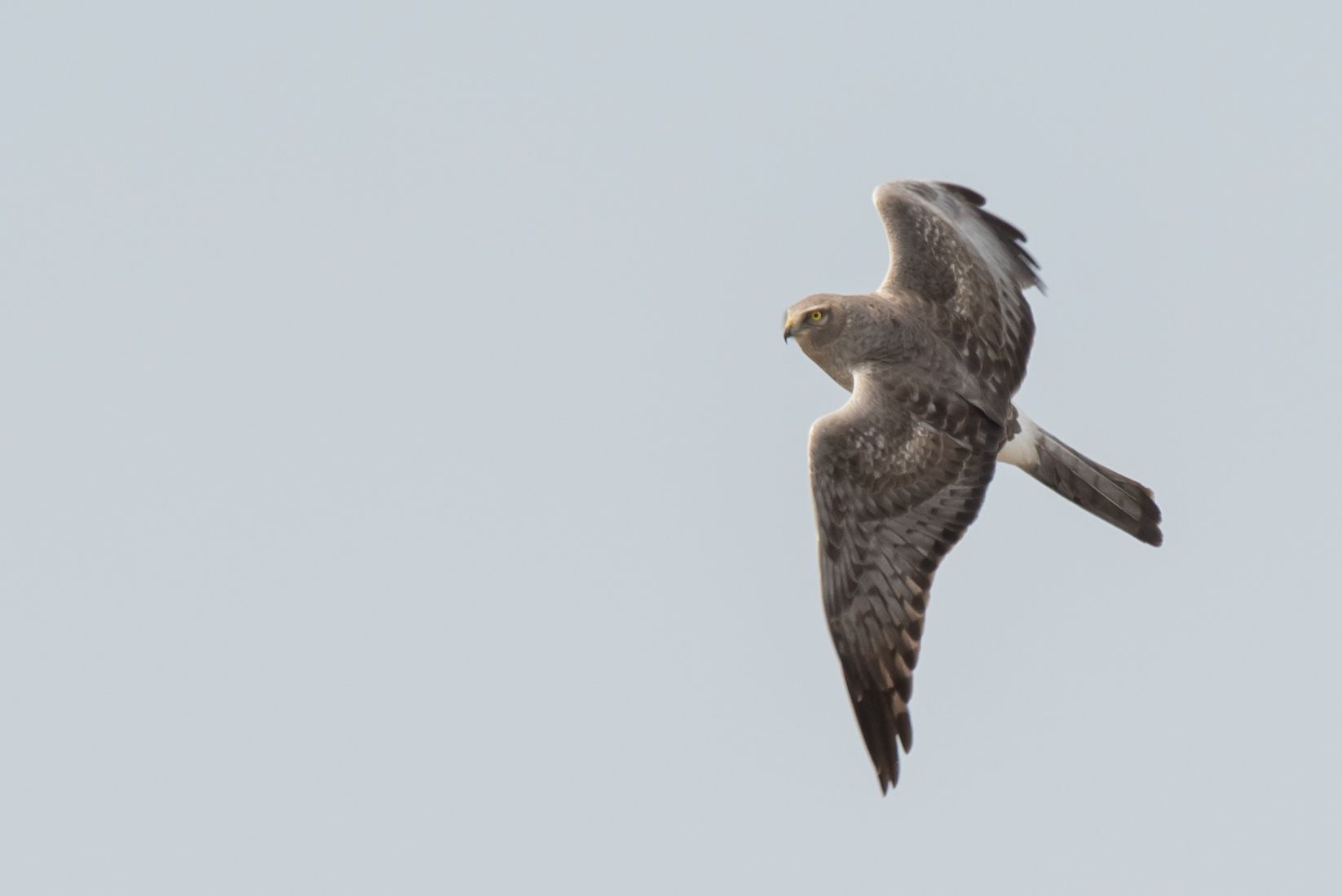
Management was of course unnecessary, until the arrival of Europeans in North America. As with many species, the damage we have done to the natural world has severely impacted Northern Harrier populations, continent wide. While it is likely the removal of eastern forests and conversion to farmland, initially provided more harrier habitat, our actions since have been more problematic for this bird. Large scale draining of wetlands and conversion of grasslands, to row crop monocultures, have had severe habitat loss and food availability consequences. The intense use of pesticides and other agricultural chemicals has affected both this predator and its prey, in farm areas.
Northern Harrier populations underwent massive declines in many areas during the last half of the twentieth century. A casualty of DDT-based chemicals, this species numbers were much reduced throughout New York and much of the Northeast. In parts of its Canadian range, the bird persisted, due to reduced chemical exposure. Since the banning of DDT, there has been a gradual recovery but habitat loss and the emergence of other problems pose new threats. Increased use of rodenticides, with their impacts up the food chain, are a clear threat in farm areas. Alternative energy development, notably solar farms, with their large-scale land consumption, are a threat to this species and other declining grassland birds.
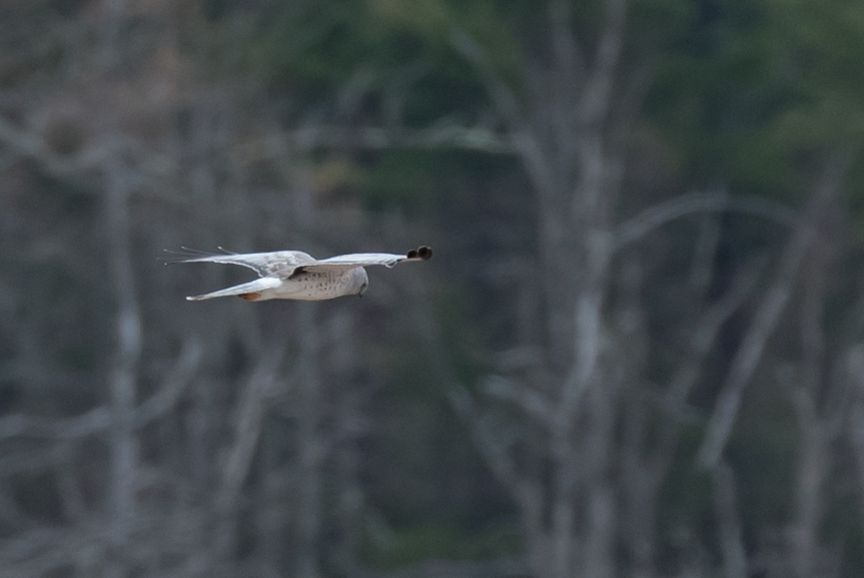
While it’s clear that the “Solar Tsunami” and other open space development pressures are here to stay we all need to be vigilant and insist on good local land use planning. “Green energy”, that is pitched by its corporate proponents, to help save the planet from climate change and results in destruction of other natural values, is a poor trade-off. Thoughtful planning, regulation, mitigation and management will allow we humans to assure that other species do not unfairly bear the burden of attempts to correct our past mistakes. Alternative energy placement should not override other important natural values.
Once upon a time, wetlands that were home to this fascinating raptor were considered useful, only if drained or filled-in. Fortunately, we know better now. Once upon a time, all birds of prey were considered “vermin”, and everyone’s hand and gun were against them. Fortunately, we now know better and we value birds of prey for all the right reasons. In addition to the many ecosystem services they provide, one values the pure inspiration these magnificent creatures provide us.
There are few sights in the natural world of the Thousand Islands region more pleasing to the eye, than a gray ghost skimming low, over his domain, searching for an unfortunate vole. Depending on available prey, he may be attempting to feed multiple families. While most raptors are monogamists, this fellow may have up to four mates in some breeding seasons. Needless to say, since each female may lay 5-7 eggs if all hatch, he may be a very busy chap in a good vole year. In other years, he may have only one or two mates and will struggle to feed much smaller broods. Since this species nests on the ground, broods are much more vulnerable to predators than tree nesting species, and losses may be high.
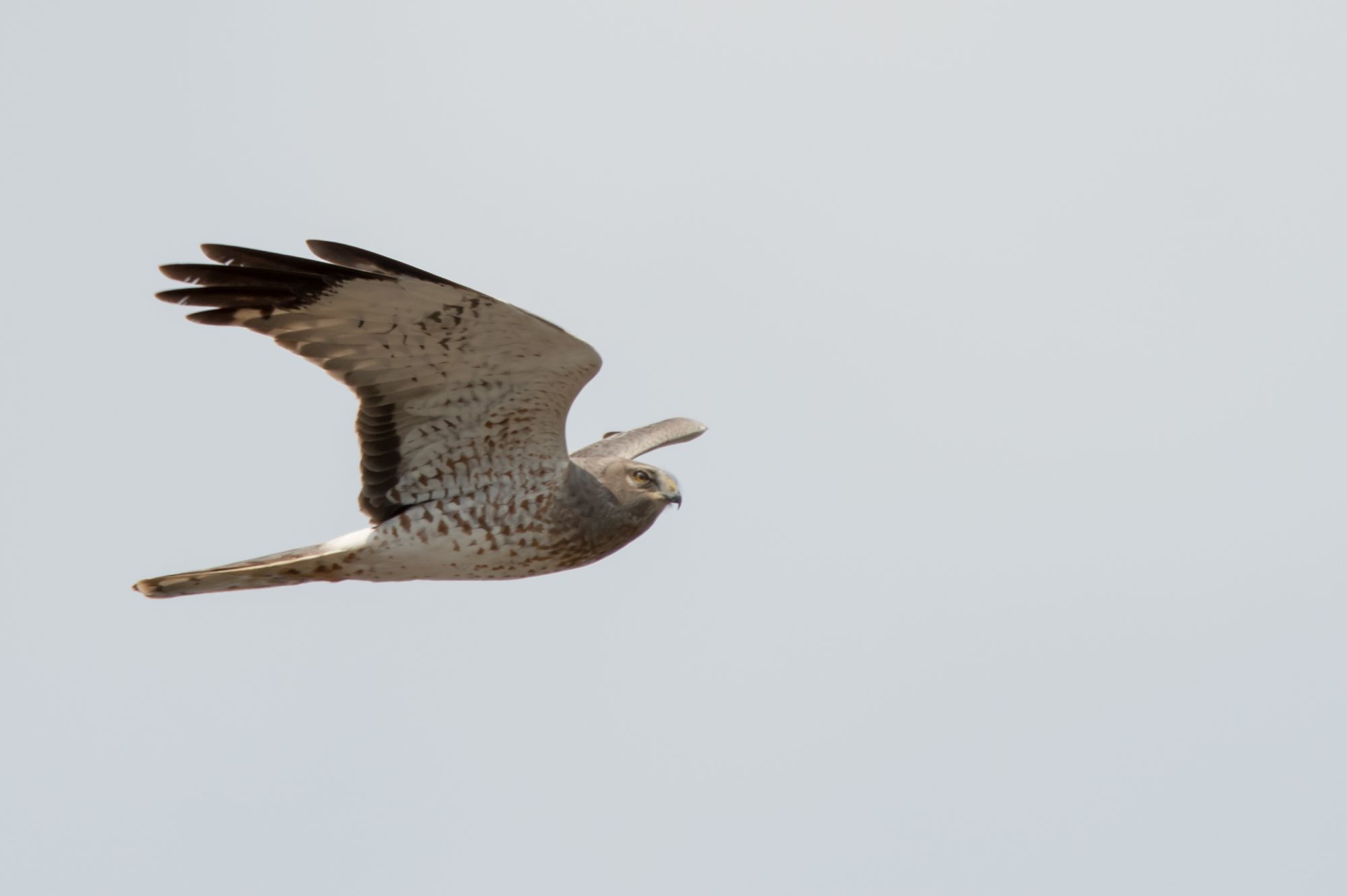
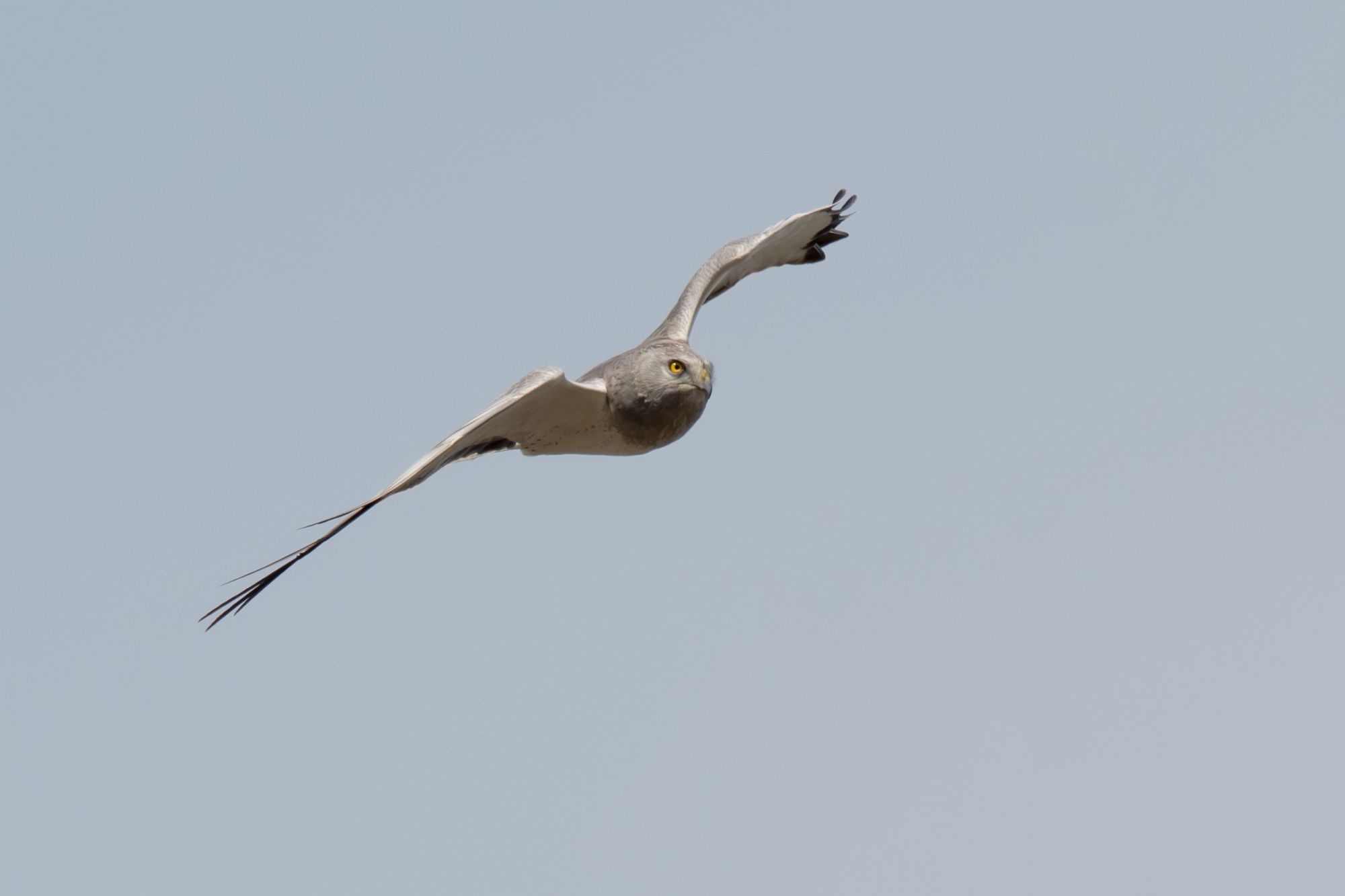
So life is uncertain for this handsome hawk and made more so by the landscape demands of the dominant species on this planet. So, it’s incumbent on us to keep in mind the needs of our fellow travelers in the earthly realm. If we hopefully get it right, Northern Harriers will float above the open habitats of our region for eons to come.
By Gerry Smith
Gerry Smith is a senior Ornithologist, Avian Ecologist and Conservationist, working to preserve bird populations in Northern New York State.
Julie Covey, Nature in NNY (https:www.facebook.com/NatureinNNY/)
Posted in: Volume 14, Issue 11, November 2019, Nature
Please click here if you are unable to post your comment.
